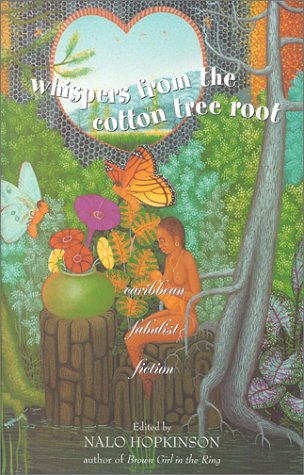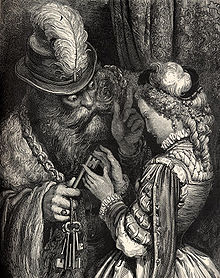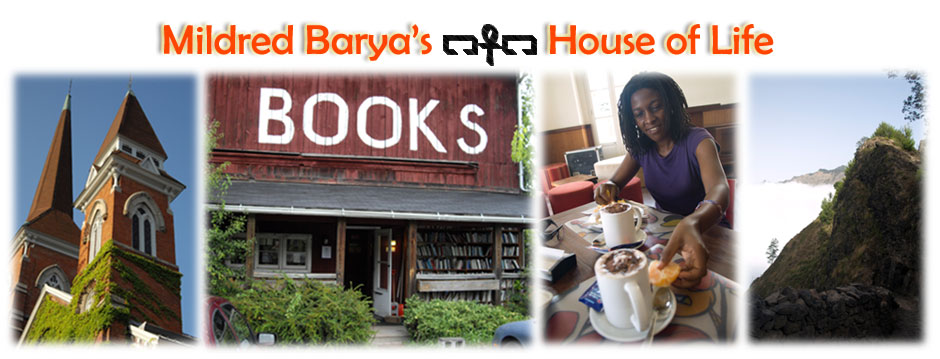 I think one of the pleasures of great literature is to come to the end of a story and realize that you’ve read it before, but something magical, fantastical, or darker and absurd has been added to it. That’s the joyous feeling I get when I read Angela Carter and Nalo Hopkinson. I recognize their worlds adapt ancient folk tales and make them their own. The two most magnificent and comparable are: The Bloody Chamber, by Angela Carter, and The Glass Bottle Trick, by Nalo Hopkinson, published in whispers from the cotton tree root.
I think one of the pleasures of great literature is to come to the end of a story and realize that you’ve read it before, but something magical, fantastical, or darker and absurd has been added to it. That’s the joyous feeling I get when I read Angela Carter and Nalo Hopkinson. I recognize their worlds adapt ancient folk tales and make them their own. The two most magnificent and comparable are: The Bloody Chamber, by Angela Carter, and The Glass Bottle Trick, by Nalo Hopkinson, published in whispers from the cotton tree root.
Charles Perrault’s Bluebeard rewritten. One of the first serial killers in Literature, who took pleasure in courting and marrying young girls only to kill them.
Nalo’s “Bluebeard” is localized and terrifying. It has the Caribbean flavor and style, which makes it original and imaginative. Samuel, the serial killer, has a bottle-tree in his yard with two blue bottles allegedly to keep bad luck away, while in fact, they hold his dead wives’ spirits. He has a chamber, of course, where his two wives’ bodies are kept frozen. Because he’s seen to be hardworking, responsible and clean, he passes as a good man, and manages to convince a third young woman, Beatrice, to marry him. He gifts Beatrice’s mother with three egg plants which take on symbolic significance. His self-loathing is so intense that he never wants to have children who’d end up with his black skin. There it is, he punishes his wives who become pregnant by death. Imagine Beatrice’s shock when she gets pregnant and doesn’t know her fate but is on the road to discovering it. I’ll spare you the gory details.
In Angela Carter’s “Bluebeard,” the guy is super-loaded. He’s a Marquis, owns a castle, and has duped about twelve young girls and boasts of a dozen more to conquer. His excuse for murder: He hates daylight. He tells his young bride when he’s about to kill her, “You’ll never know how much I hate daylight.” Of course there’s a lot of self-hatred in this statement, and an attraction to debauchery. He arranges the murders with finesse like a piece of music, to congratulate and delight himself. He gives his youngest bride all the keys of his Kingdom with one exception: she can go to all the rooms except one that has his secret. Thus, he sets her up to fail, because he knows being of a curious mind, she’ll not restrain herself from going to the bloody chamber.
It’s not clear whether Beatrice in Nalo Hopkinson’s story will survive. As the plot thickens, things turn ominous one after another. Beatrice’s mother is more of an accomplice, having encouraged the marriage in order to acquire a higher social status. In Angela Carter’s, the bride’s mother is a fierce warrior, who listens to her maternal instincts and knows right away that her daughter is in trouble. So she appears on time and saves her.
To read Angela Carter’s story, click Bloody_Chamber_Carter. To read Nalo Hopkinson’s, find it published in whispers from the cotton tree root anthology of Caribbean fabulist fiction.

One Response to The world of Angela Carter and Nalo Hopkinson